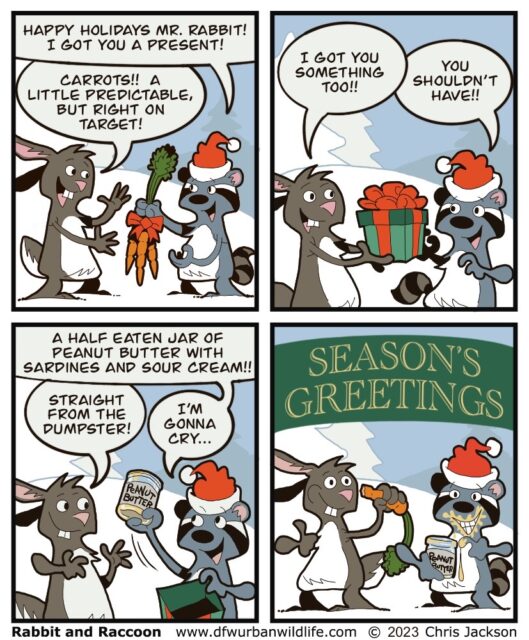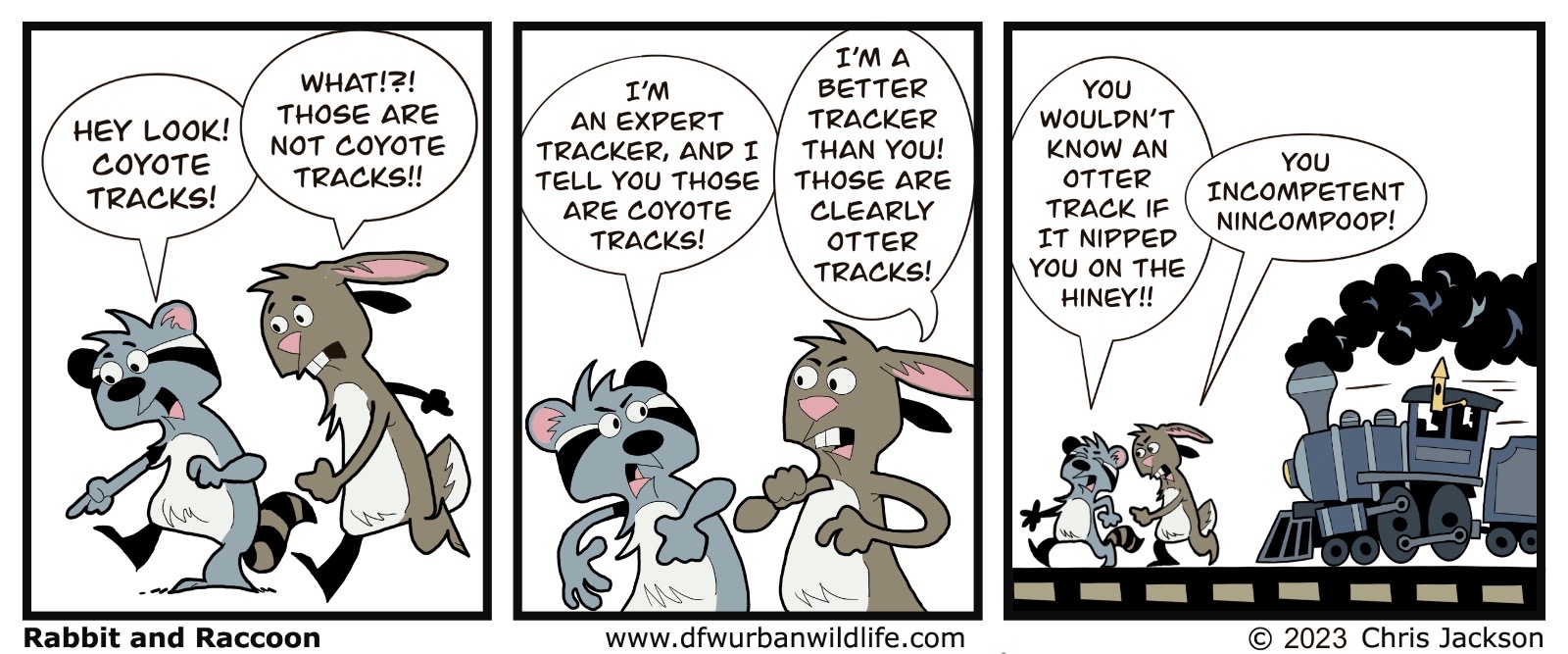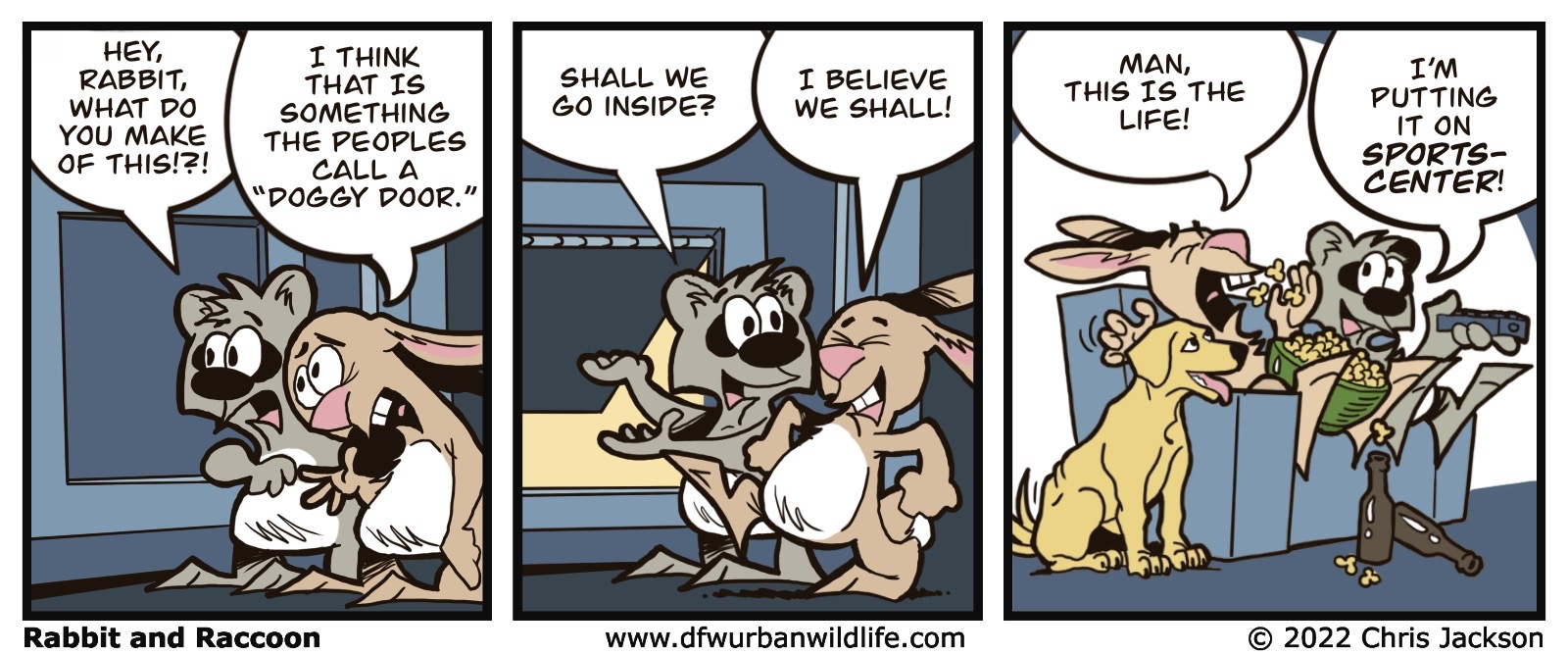Spring 2024
Summertime in North Texas
In North Texas we only get a handful of what could be called “perfect days”. You know the ones I’m talking about… Days with bright blue skies and plenty of sunshine. Days when the temperature is just right–not too hot and not too cold. Combine all that with low humidity and light breezes and you have the makings for a great day outdoors!
Many of these so-called perfect days occur in the spring months, with the balance takin g place in autumn. Days like these in North Texas are rare enough that they are to be cherished. You don’t want to miss one. But spring and fall weather in Dallas/Fort Worth is unpredictable; you can never really be sure when a perfect day will appear on the calendar. Much more likely are the days of winter or summer hanging on longer than they should, or the angry transitional days of front driven storms and rain.
By the middle of May, the die is usually cast, and looming presence of the long hot Texas summer can no longer be denied. North Texas summers are an endurance sport–that is for certain. They have a tendency to set in hard and then hang on tenaciously, stubbortnly resisting the intrusion of cooler temperatures and milder weather.
The upside is that the weather becomes much more predictable on a day to day basis. You can be certain it’s going to be hot, and there’s never a doubt that shorts and a t-shirt are temperature appropriate! You also can be certain that the time is right for great summertime activities to begin. Things like swimming with your friends and backyard barbeques!
Next weather update: Early November!

Winter 2024
Hugs for Everyone!
This edition of Rabbit and Raccoon can be considered a companion piece to our narrative about Skunks, Armadillos, and Opossums found in our recent article “Slow and Unaware.” The essay describes how these three animals survive and even thrive despite what at first appear to be some serious shortcomings. Opossums–in particular–seem to be seriously handicapped in the game of life, but it turns out nothing could be further from the truth. Although often thought of as slow moving and dim-witted, Opossums are nonetheless one of our most successful species. They must have something going for them!
Opossums are probably best known for their ability to feign death–play possum. It’s an involuntary response to stressors that has surely saved the lives of enumerable Opossums! Another popular idea about Opossums is that they are literally tick vacuum cleaners, hoovering up the bad-guy mites wherever they may be found. On closer consideration, this assertion about Opossums seems to be something of a misconception… But that’s okay. We don’t need to invent reasons why Opossums are valuable to the ecosystem, we can just rest assured in the knowledge that they are–and that’s good enough!
Field And Stream – New Study Says Possums Don’t Like Eating Ticks
Outdoor Illinois Journal – Debunking the Myth: Opossums Don’t Eat Ticks
Science Direct – Are Virginia opossums really ecological traps for ticks? Groundtruthing laboratory observations

Christmas 2023
A Very Special Holiday Edition of Rabbit and Racoon
One last comic strip for 2023… See you next year!

Autumn 2023
Let’s Give Them a Brake!
We frequently make the point on this website that the urban environment in the DFW metroplex does a remarkable job of providing for the wildlife that makes its home in our cities and towns. It turns out–that for much of our native wildlife–urban and suburban areas are good habitat. Animals can thrive in such places! But, that doesn’t mean that there are not challenges to overcome. There are a whole host difficulties that wild animals must face when making their way in the city. Of all of these, automobile traffic is perhaps the most deadly. Nature has not equipped our critters to effectively deal with the onrush of 2000 pounds of metal and plastic. Most animals panic and act irrationally when faced with such a predicament. They can become confused and make bad decisions.
Fortunately, many folks are on the lookout for animals in this kind of trouble. Hardly a day goes by that I don’t notice a commuter somewhere in the city taking the time to slow down to let a critter get safely across the street. Whether it’s for a parade of baby ducklings following their mother across a busy thoroughfare, or a wayward squirrel acting rashly, slowing down is a simple act of kindness, and it is so nice to see!

Summer 2023
What is the Nature of Nature?
People like to think of nature as being unequivocally beautiful and benevolent, but is that really the case? Is nature always above reproach? Anyone who has stepped on a Fire Ant mound or experienced a Poison Ivy rash might have something to say about that idea! There’s no question that nature is beautiful and bountiful, but disease, hunger, injury, pain, suffering, and death are all apart of nature as well. To develop a true appreciation of the natural world, one has to be prepared to recognize and appreciate all aspects of what it has the offer–both the good and the bad.

Spring 2023
Wild Urban Life
It’s a little counter intuitive, but it would seem that urban development is not always detrimental to wildlife. In fact, many of our more adaptable animals actually find the cornucopia of the urban environment much to their liking. People have the habit surrounding themselves with abundance, and wily critters have figured out ways to leverage this relative plenty to their advantage. Trees and landscaping around residential subdivisions, business parks, and schools become the forests these animals live in. Patio decks, tool sheds, and sometimes attics, provide better and more reliable den sites than can be found in nature. Animals prefer manmade structures for the same reasons we do—they make superior homes. And, if you regularly see small prey animals such as rabbits, squirrels, and doves in your community, you can be sure that their predators—hawks, bobcats, and coyotes—are also present. Raccoons are perhaps the masters of urban living; many people would be shocked to learn just how many reside here amongst us. Even more surprising, a number of scientific studies strongly suggest that urban wildlife have longer lives, bigger litters, and higher population densities than their rural cousins. These studies reveal that some of these wild animals are indulging in the urban bounty to such an extent that they are now experiencing problems that were once thought to be uniquely human—things like tooth decay and obesity. Stay away from the nacho cheese, Mr. Raccoon, it’s not good for your cholesterol levels!

Winter 2023
Daniel Boone You Ain’t
For the nature enthusiast there is no finer skill to develop that that of a tracker. A talented and skilled tracker can deduce much about the land and how it is used by the resident wildlife. Trackers can–through meticulous reading of the sign—identify species present, makes estimates about population density, and become informed about key animal behaviors, without ever actually seeing the wildlife in question. But, tracking is not an easy skill to master. Becoming proficient requires much effort—research and repetition. Be observant when exploring outdoors. Photograph the tracks you find. Place a familiar object in the frame to set the scale. Take pictures of the best track impressions, and also be sure to record those leading to and away from the scene for context. Use online resources to make IDs and hone your skills. And, most of all, have fun. Remember, the only tracks you really need to identify positively are those belonging to a locomotive… train tracks! Stay well clear of those!

November 2022
It Ain’t Easy
Wildlife photography is not an easy pursuit. There are many challenges. Chief among these is the subject matter. Wild animals do not like to be seen. Many species are also very good at hiding. Others excel at making hasty retreats. When you do happen upon a situation where you are in a good position to observe, the critter in question will often respond by abandoning their candid behaviors. I can’t tell you how many times I’ve missed that once-in-a-lifetime shot by only little more than a second. Either the camera wasn’t ready, or I wasn’t ready, or maybe I was just a little too slow on the draw. Other times I have prematurely given up on a shot—maybe because the camera was getting heavy, or maybe I believed I had missed the opportunity—and lowered my camera just in time to watch an amazing behavior with my very own eyes, instead of through the camera’s viewfinder! Frustrating for sure. But then there are other times, when luck IS on my side. Occasions when everything comes together and I manage to record a really special photograph. Those are the times that make it all worth while!

September 2022
Can You See Me?
Is camouflage useful when pursuing wildlife photography? Some folks swear by it, but in my experience camouflage is a nice to have, but not an essential. Staying unseen is certainly important when trying to photograph wild animals. In the majority of cases it’s the only way to get really close to your subjects. But when good concealment is not available, or if you are on the move, camouflage is only of limited benefit.
Most wild animals are extremely sensitive to being stalked. Few things will inspire flight like the detection of sneaky behavior. Focusing your attention on an animal before they are comfortable with your presence will almost certainly send them running. To prevent this eventuality, move deliberately and avoid prolonged eye contact. Constantly evaluate your subject’s state of alertness, and be patient as you move into into the best position to snap your shots!

July 2022
What’s Not To Love?
Grackle. Has there ever been a more appropriate name for a bird? Great-tailed Grackles—so common all across the metroplex—are abrasive and obnoxious in their behaviors. Their vocalizations resemble the electronic sounds of a computer modem handshake gone wrong. The word “Grackle” intimates these characteristics perfectly.
But grackles aren’t all bad. If you look at them objectively and with an open mind you may find that they can be as interesting and engaging as any other type of wildlife. Grackles can even be beautiful at times when the sun hits them just right, lighting up the iridescence in their feathers.
With the right mindset you might eventually come to like—or even love—our friend the Great-tailed Grackle… even if that is not a leap Mr. Raccoon is ready to make just yet!
May 2022
Welcome to the neighborhood!
I’m often asked how there can be so many wild animals living with us in the city. To many folks it is counterintuitive… but in actuality many of our more adaptable species—including rabbits and raccoons—find urban areas and residential neighborhoods to be very good habitats. These animals not only survive in our cities and towns, but some are even able to thrive! It’s helps that a large number people have adopted more accommodating attitudes about the animals in our midst. Whenever possible most folks seem ready to live and let live. A lot of people are even able to find ways to enjoy having the wildlife around. Of course, no matter how tolerant we become, we probably would still prefer that the furry mischief makers do not come inside our homes and help themselves to our snacks, sofas, and cable TV!

March 2022
What if the tables were turned?
We give animals names that are sometimes creative and original, but more often are pragmatic and sometimes even goofy. There are a LOT of different species that need names, and it’s hard to hit a home run every time. Sometimes the best you can do is the best you can do. Bird names in particular can flirt with the absurd. Refer to the list below for some vaudevillian examples…
Horned Screamer, Fluffy-backed Tit-babbler, European Shag, Rough-faced Shag, Common Loon, Red-rumped Bush-tyrant, Noisy Pitta, Spangled Drongo, Hoary Puffleg, Perplexing Scrubwren, Monotonous Lark, Noisy Friarbird, Yellow-rumped Warbler, Exclamatory Paradise-Whydah, Andean Cock-of-the-rock, Hottentot Buttonquail, Moustached Flowerpiercer, Himalayan Snowcock, Blue-Footed Booby, Red-footed Booby, Peruvian Booby, Geelvink Megapode, Scimitar-Babbler, Yellow-bellied Sapsucker, See-See Partridge, Orangequit, Great Potoo, Olivaceous Siskin, Chachalaca, Bananaquit, Bristle-thighed Curlew, Tawny Frogmouth, Chuck-will’s-widow, Red-billed Oxpecker, Rufescent Tiger-heron, Hammerkop, Lappet-faced Vulture, Parasitic Jaeger, Black-legged Kittiwake, Semipalmated Sandpiper, Double-crested Cormorant, Northern Beardless-Tyrannulet
What if the tables were turned? Would animals be anymore generous and conscientious if they could make up names for us?

January 2022
Confounding the camera trapper!
Raccoons are infinitely mischievous and are utterly fascinated by the trail cameras they discover voyeurizing their habitat. Definitely a bad combination of traits as far as camera trappers are concerned! Rabbits are less deliberately irksome, but their casual grazing in front of the cameras still robs battery life and SD card bytes intended for the imaging of more tantalizing quarry! We want candid shots of deer and bobcats, not front yard bunnies!








